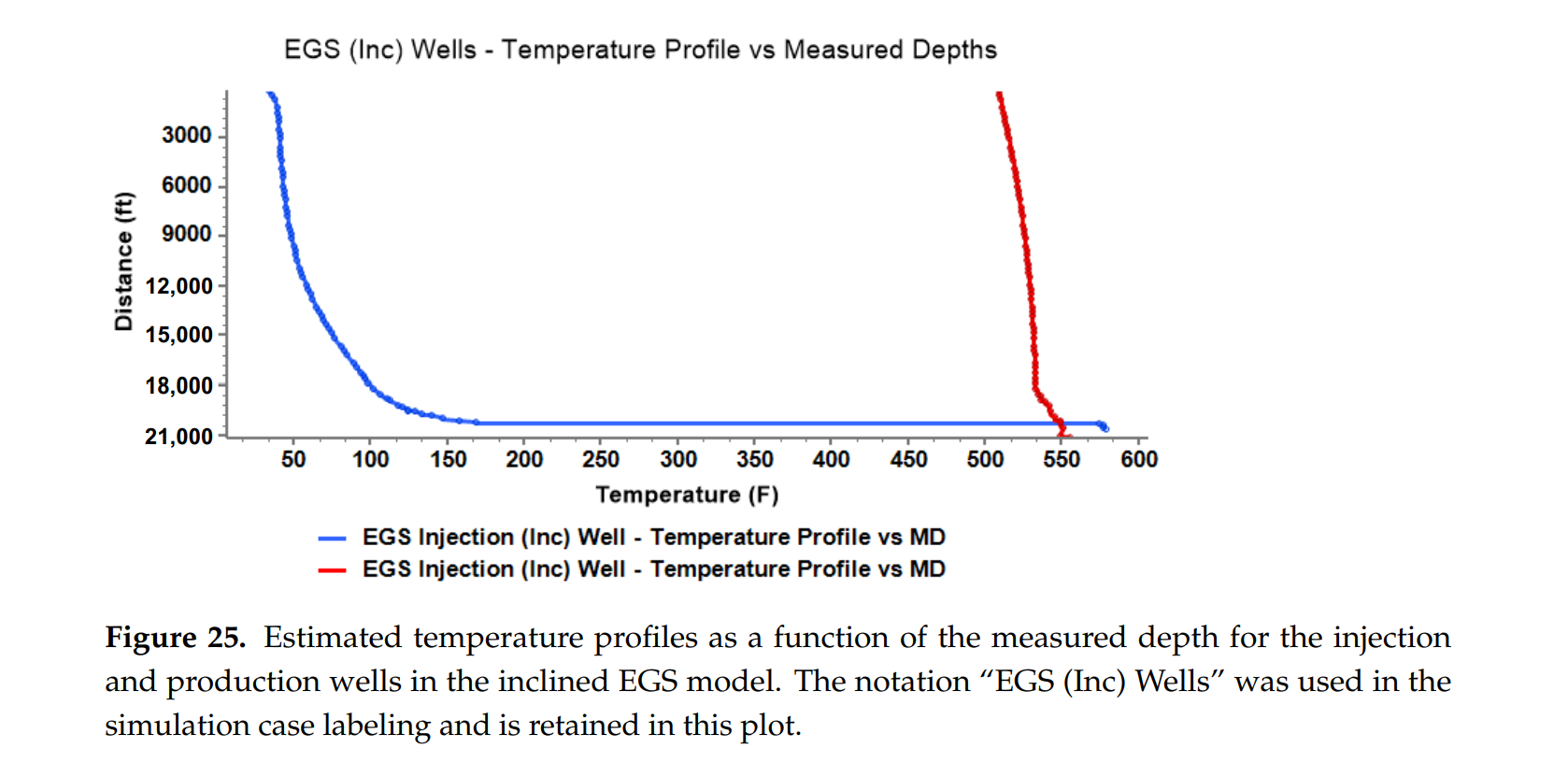On the Feasibility of Deep Geothermal Wells Using Numerical Reservoir Simulation
本研究探讨了在丹佛-朱尔斯堡盆地基岩中提取地热能源的潜力,重点关注不同地热井井型设计的流动能力和热提取效率。通过数值模拟,比较了U形、V形、倾斜V形和管中管配置与增强型地热系统(EGS)的热行为。
研究结果表明,虽然闭环系统提供了一定的温度增加,但EGS配置显示出高温提取的巨大潜力。这项研究的结果有助于战略性地热能规划和发展,标志着地热技术的重要进步,并为未来的探索和优化奠定了基础。
CMG软件应用情况
在这项研究中,使用了CMG-STARS热储层模拟软件来评估不同地热井井型设计的热效率和发电潜力。通过模拟不同的运行方案,如变化的井布局、流体温度和注入及生产速率,来解决优化地热能提取的关键研究问题。模拟利用了丹佛-朱尔斯堡盆地沃滕伯格矿场的地质和地热特性,包括渗透率、孔隙度、热传导率、比热容和高温地热流体(通常是盐水)的粘度等关键参数。







Abstract
This study examines the geothermal energy extraction potential from the basement rock within the Denver–Julesburg Basin, focusing on the flow performance and heat extraction efficiency of different geothermal well configurations. It specifically compares U-shaped, V-shaped, inclined V-shaped, and pipe-in-pipe configurations against enhanced geothermal system setups. Through numerical modeling, we evaluated the thermal behavior of these systems under various operational scenarios and fracture conditions. The results suggest that while closed-loop systems offer moderate temperature increases, Enhanced geothermal system configurations show substantial potential for high-temperature extraction. This underscores the importance of evaluating well configurations in complex geological settings. The insights from this study aid in strategic geothermal energy planning and development, marking significant advancements in geothermal technology and setting a foundation for future explorations and optimizations.
Keywords:
geothermal; hot dry rock; reservoir modeling; numerical simulation; closed-loop geothermal; enhanced geothermal systems
作者单位
科罗拉多矿业学院石油工程系
